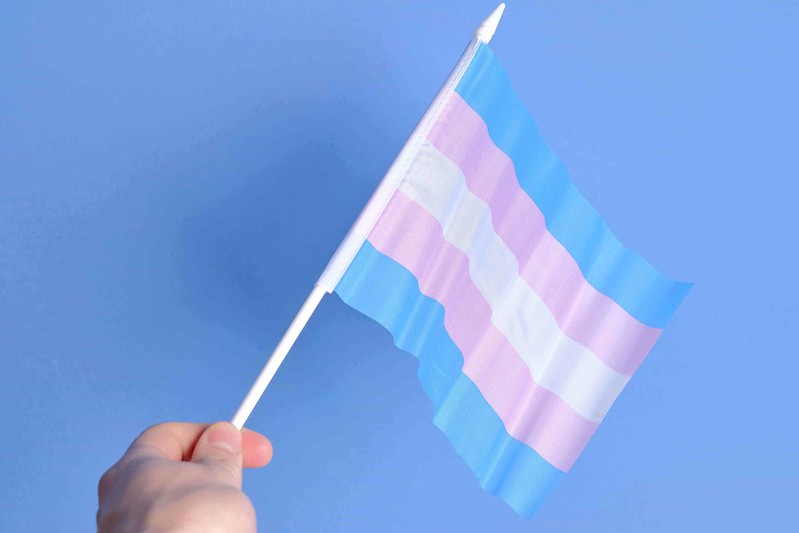March 8th marks International Women’s Day, a day to commemorate the achievements of women and raise awareness of persisting gender inequalities in the world. The day was first celebrated in the United States in 1909 by women’s rights crusaders. In 1911, an International Women’s Day (IWD) was observed by Austria, Denmark, Germany and Switzerland. Today, countries all around the world celebrate IWD.
In the United States, women’s rights and roles have progressed significantly since 1909. In the early 1900s, less than one-quarter of all bachelor’s degrees were earned by women. Fifty-one percent of bachelor’s degree holders today are women. Not only are more people going to college, but a greater percentage are women. However, that number obscures the difference in the types of degrees obtained by women and men. At HealthMap, we rely on etiology, epidemiology, and computer science to track infectious disease. How gender-equal are these fields, broadly considered science, technology, engineering and mathematics (STEM)?
According to the Association for Women in Science, while women complete roughly the same number of undergraduate degrees in the United States as men, there are generally fewer women in STEM fields than men. The trend is more pronounced in certain fields; for example, women and men pursue degrees in biology and chemistry in relatively equal numbers, but women earn less than 20 percent of engineering and computer science degrees.
Once the degrees are conferred, women represent only 24 percent of the STEM workforce. Those women that do pursue STEM careers are likely to find an “old boys club” where women are paid less and receive fewer promotions. Studies have shown an implicit gender bias, present in the minds of both men and women, that prefers hiring men over women. In 1993, women held less than 10 percent of full-time, full professor positions in science, engineering, and health fields at academic institutions. By 2010, they accounted for 22.3 percent of full professorships. Furthermore, women receive fewer scholarly awards than would be expected based on the proportion of women in a given field
In recent years, many efforts have been made to improve STEM education for girls at all stages, from scholarships to GoldieBlox, the engineering toy for girls funded on Kickstarter. This work is important, as cultural norms and gender bias still exist that make girls less likely to enter STEM fields. But increasing the number of women pursuing STEM degrees and careers will not solve the problem, if they find they are unable to break into, advance or be compensated the same as men in those fields.
One promising effort is the National Science Foundation’s ADVANCE Program. ADVANCE grants focus on changing the academic cultures and work environments that affect women in academia. As author Sue V. Rosser summarized, previous efforts focused on “fixing the women” by providing more tutoring or encouragement to girls to enter scientific fields. ADVANCE instead focuses on “fixing the institutions.”
Gender equality in STEM fields is a huge and complicated issue. There are a lot of people thinking, writing and working to mitigate the problem. I don’t know how we correct these biases, but raising awareness of the problem, especially on this 102nd International Women’s Day, feels like a good piece of the solution.

